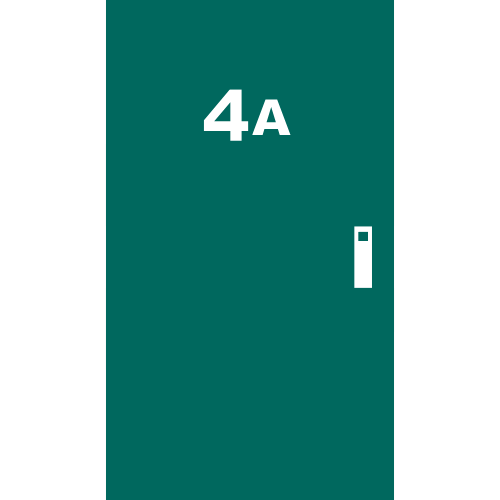This post is a part of our People of Landgrid series
highlighting how people across the US are using property data

Every athlete reaches a point when in their life when the shoes need to be hung up. The rigors of a college basketball season behind me, I ended up spending a semester in London. There, I totally fell in love with cities as not only a reflection of cultures and societies past and present, but our greatest invention and a necessary tool to address our most pressing current issues. This was an especially stark contrast for a boy who grew up on the sparsely populated Oregon Coast.
After graduating and spending time teaching abroad in South Korea and China, as well as living and working in western U.S. Cities like Portland, Seattle, and Salt Lake City, I decided to dedicate my passion for cities into a professional pursuit. This led to me studying urban planning at Cornell University. While I was initially interested in west coast housing issues, my current boss and mentor, Jim Rokakis, gave a lecture to our cohort and explained the work being done in Cleveland and Ohio in the wake of the foreclosure crisis. He took a flier on me and it led to a summer internship and then full time employment with the Land Conservancy.
I love living, learning, and working in an American legacy city that has all the proud components and difficult challenges that our shared history has created. While Cleveland is very different from the Pacific Northwest, I like to think that it's just in a different, earlier stage of its development pattern. We all have a lot to learn from cities like Cleveland.
The vision of Western Reserve Land Conservency

Our vision is that today, a decade from now, and beyond the time that we can imagine, Western Reserve will be a stunningly beautiful and healthy place. An authentic place filled with breathtaking scenic views, abundant clean rivers and lakes, miles and miles of connected trails for hiking, biking, skiing, and horseback riding; and an accessible, clean and safe great lake for world class fishing, swimming, and boating.
Development will be concentrated in historic urban areas such as Cleveland and Akron, in historic Western Reserve villages such as Chagrin Falls, Brecksville, Medina and Bay Village and, as needed, in new areas that promote lasting, community-oriented development.
Working farms will flourish, supported by local markets that provide healthy and fresh produce that connects citizens to the land in a tangible, enduring way. Parks and preserves will provide people with a special connection to the land, a safe place where children can play, and a quality of life that attracts and retains as residents a great diversity of people.
The Land Conservancy inspires citizens throughout our region in the effort to protect land and water for the benefit of all of our communities, creating a habitat that serves people. The Land Conservancy envisions a healthy and scenic landscape, a patchwork quilt of large natural areas connected by wildlife and river corridors, a beautiful region interspersed with well-planned agricultural, residential, and commercial development that supports the people of our region now and forever.

Data doesn't make us smarter, but it does keep us more informed.
The Landgrid tools allow us to collect, synthesize, and most importantly analyze trends within our built environment, while simultaneously creating a digital archive of what are region is like in the early part of the 21st century that historians can use long after the people and structures change or disappear.
We primarily use the Landgrid tools for our property inventory work. However, we've used the tools for code compliance and our reforestation work as well.
In 2015, we used the Landgrid tools to inventory every parcel in the City of Cleveland. This included detailed records and photos of over 158,000 parcels. To this day, people still ask us for this data – and it is also available to public agencies and non profits through the incredible data system NEOCANDO.
Working with Loveland is almost like working with colleagues within our own organization given the level of knowledge and understanding of our values. Whether it's a quick phone call, a message on Slack, or a more detailed email, the entire team understands the nature of our projects and works tirelessly to make sure the tools are in place to realize our goals.
How can we help?
Team accounts for your organization, dedicated staff time from experts who love working with maps and data, custom interfaces, data integrations, and connections to the Loveland network:

